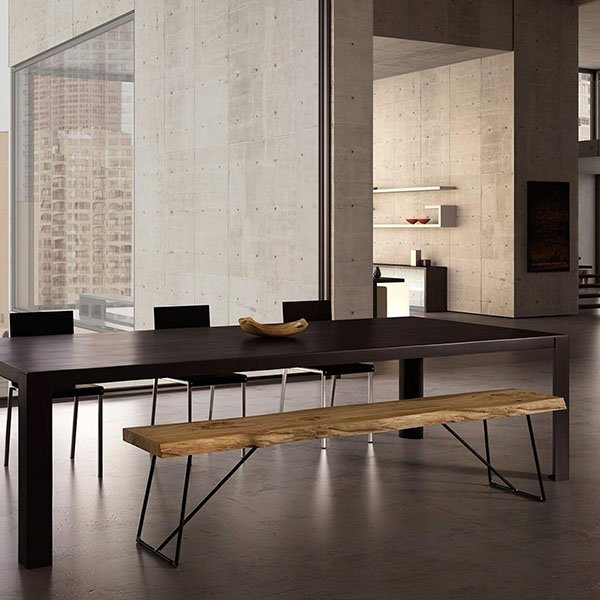Hans Wegner and his Timeless Designs
Hans Jørgensen Wegner is often celebrated as one of the most influential figures in mid-century modern design. His work is characterized by its simplicity, functionality, and organic forms. Wegner’s designs often feature clean lines and minimal ornamentation, which makes them timeless and versatile. His approach to design was rooted in the belief that furniture should be both beautiful and practical, a philosophy that resonates with the principles of mid-century modernism.
Wegner’s most iconic pieces, such as the Wishbone Chair and the Shell Chair, exemplify the mid-century modern aesthetic. These designs are not only visually striking but also ergonomically sound, offering comfort and support without compromising on style. The use of natural materials, such as wood and leather, further enhances the appeal of Wegner’s creations, adding warmth and texture to any interior space.
Moreover, Hans Wegner and his ability to blend traditional craftsmanship with innovative techniques set him apart from his contemporaries. His meticulous attention to detail and commitment to quality ensured that each piece was crafted to perfection. This dedication to excellence has cemented Wegner’s legacy as a master of mid-century modern design, with his furniture remaining highly sought after by collectors and design enthusiasts alike.
Danish modern furniture
Hans Wegner and his contribution to Danish modern furniture is unparalleled. As a leading figure in the Danish Modern movement, Wegner played a pivotal role in shaping the design landscape of the 20th century. His work epitomizes the core values of Danish modernism, which include simplicity, functionality, and a deep respect for craftsmanship.
Wegner’s designs are characterized by their elegant forms and understated beauty. He had a unique ability to create furniture that was both functional and aesthetically pleasing, a hallmark of Danish modern furniture. Wegner’s pieces often feature clean lines, organic shapes, and a harmonious balance between form and function. This approach to design has made his furniture timeless and enduring, with many of his creations still in production today.
One of the key aspects of Wegner’s work is his use of high-quality materials. He believed that the choice of materials was crucial to the overall design and functionality of a piece. Wegner often used natural materials such as wood, leather, and wool, which not only added to the visual appeal of his furniture but also ensured its durability and longevity. His commitment to using the finest materials and his attention to detail have made his designs synonymous with quality and excellence.
Wegner’s influence on Danish modern furniture extends beyond his own creations. He collaborated with other renowned designers and manufacturers, such as Arne Jacobsen and Carl Hansen & Søn, to produce iconic pieces that have become staples of Danish design. His work has inspired generations of designers and continues to be celebrated for its timeless elegance and innovative approach.
Scandinavian furniture design
Hans Jørgensen Wegner’s impact on Scandinavian furniture design is profound. His work embodies the essence of Scandinavian design, which is characterized by its simplicity, functionality, and connection to nature. Wegner’s designs are a testament to the principles of Scandinavian design, with their clean lines, organic forms, and use of natural materials.
Wegner’s approach to design was deeply influenced by his Scandinavian heritage. He believed that furniture should be both beautiful and practical, a philosophy that is at the heart of Scandinavian design. His pieces often feature minimalist forms and a focus on functionality, making them versatile and adaptable to various interior styles.
One of the defining features of Wegner’s work is his use of natural materials. He had a deep appreciation for the beauty and warmth of wood, which is evident in many of his designs. Wegner’s furniture often showcases the natural grain and texture of the wood, adding a sense of authenticity and connection to nature. This emphasis on natural materials is a key aspect of Scandinavian design, which seeks to create a harmonious relationship between the built environment and the natural world.
Wegner’s contribution to Scandinavian furniture design extends beyond his own creations. He was a pioneer in the use of innovative techniques and materials, which helped to push the boundaries of traditional craftsmanship. His work has had a lasting impact on the design world, influencing countless designers and shaping the evolution of Scandinavian design. Wegner’s legacy continues to be celebrated, with his furniture remaining a symbol of timeless elegance and enduring quality.











